
Sixty-nine out of the 70 colistin-resistant isolates had either mcr-1 and/or mcr-3 genes.

Sixty-nine out of the 70 colistin-resistant isolates had either mcr-1 and/or mcr-3 genes.
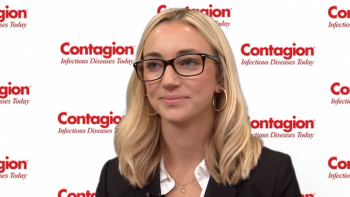
Chelsea Drennan, PharmD(c) explains why hospital length-of-stay might be shorter in patients who are on a fluoroquinolone versus a beta-lactam.

Empiric use of fluoroquinolones looks to be an alternate option for the treatment of gram-negative bloodstream infections when risk factors for antimicrobial resistance are not present.

Researchers from Vanderbilt University Medical Center determine the metabolic pathway that S aureus uses to survive in bones.

A prospective examination of over 2600 patients has not revealed a difference in their outcome compared with patients who are non-neutropenic when it comes to bacteremia caused by Staphylococcus aureus.

The opening session of ASM Microbe 2018 cuts a broad swath through the science of microbiology.

Part 3 of our series looks at

Another prong in the battle against resistant Gram-negative infections is the addition of beta-lactamase inhibitors to restore or improve the activity of older carbapenems.

Alan Gross, PharmD, discusses testing options for multidrug-resistant pneumonia.
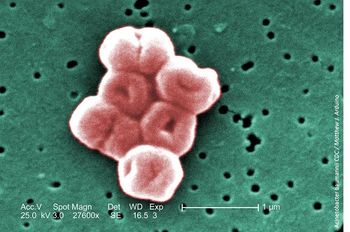
Antimicrobial-resistant organisms, particularly Gram-negative bacteria, present a critical threat and a substantial burden.

Alan Gross, PharmD, postulates why one in four patients experienced treatment failure for community-acquired pneumonia in a recent study.

Alan Gross, PharmD, explains how a neural network can help identify patients who are at increased risk for multidrug-resistant pathogens.

Alan Gross, PharmD, shares the drawbacks of some of the current prediction tools used for pneumonia.

Alan Gross, PharmD, shares how an early diagnosis of multidrug-resistant pneumonia can work towards improving patient outcomes.
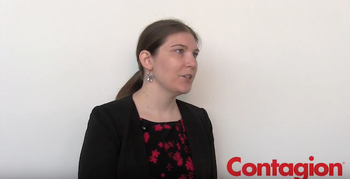
Milena McLaughlin, PharmD, MSc, explains how officials test if a drug is counterfeit or active.

Meghan Jeffres, PharmD, shares what should be considered when considering the incorporation of penicillin skin testing into a health care facility.

Alan Gross, PharmD, BCPS-AQID, shares how the Society of Infectious Diseases Pharmacists is working to improve antibiotic stewardship programs in long-term care facilities.

Julian Hurdle, PhD, explains research focused on validating FabK as an essential enzyme to be used as a narrow-spectrum drug target against Clostridium difficile.
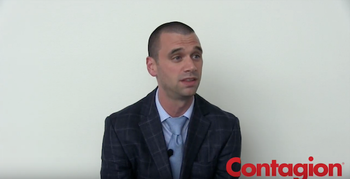
Jason Pogue, PharmD, BCPS-ID, explains the clinical significance of his research team’s findings regarding the use of ceftolozane-tazobactam to treat Pseudomonas infections.
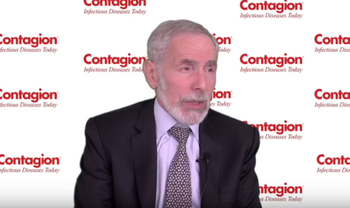
Kenneth Mayer, MD, discusses some societal challenges that at-risk individuals face today that may keep them from taking pre-exposure prophylaxis.
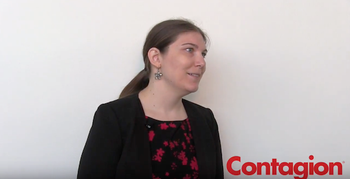
Milena McLaughlin, PharmD, MSc, explains how antimicrobial shortages differ between high- and low-income countries.

Meghan Jeffres, PharmD, discusses the legal liability of prescribing beta-lactams to patients who are allergic to penicillin.

ason Gallagher, PharmD, BCPS FCCP, FIDSA, explains why clinicians should be aware of the challenges associated with getting antimicrobial susceptibility testing results.
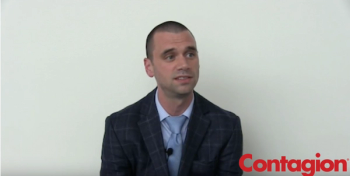
Jason Pogue, PharmD, BCPS-ID, explains how ceftolozane-tazobactam differs from other beta-lactams for treating Pseudomonas infections.
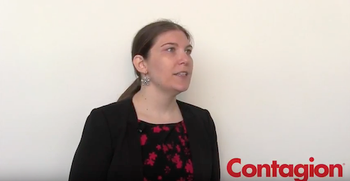
Milena McLaughlin, PharmD, MSc, explains ways to remain vigilant when it comes to drug shortages.
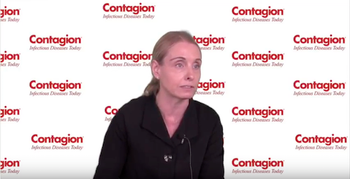
Elizabeth Phillips, MD, FRCPC, FRACP, addresses the misconceptions about penicillin allergies.

Meghan Jeffres, PharmD, discusses the utility of penicillin skin testing for patients labeled as penicillin allergic.

Kenneth Mayer, MD, explains why primary care providers need to have a good sense of their patients in order to help them decide if PrEP is right for them.

Benjamin Young, MD, PhD, discusses the four partners behind the Fast-Track Cities Initiative.

Kenneth Mayer, MD, explains why tenofovir alafenamide may be the future of pre-exposure prophylaxis.